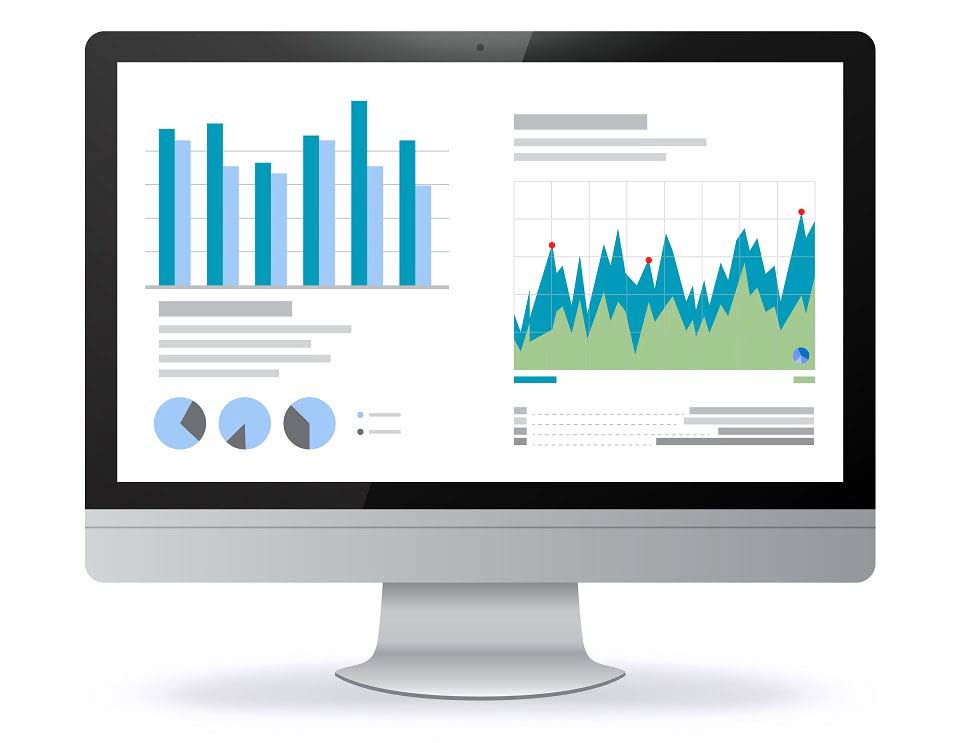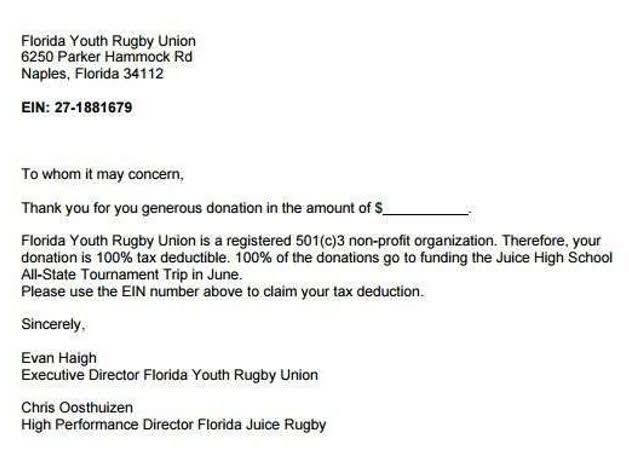Negative Shareholders’ Equity: What Does It Mean?

Over time, a company will earn revenue and, hopefully, generate profits, which it can use to pay down its liabilities, reducing its negative equity. Treasury shares continue to count as issued shares, but they are not considered to be outstanding and are thus not included in dividends or the calculation of earnings per share (EPS). Treasury shares can always be reissued back to stockholders for purchase when companies need to raise more capital.

What is net worth or owners’ equity?
Retained earnings are calculated through taking the beginning-period retained earnings, adding to the net income (or loss), and subtracting dividend payouts. The accounting equation is based on the premise that the sum of a company’s assets is equal to its total liabilities and shareholders’ equity. As a core concept in modern accounting, this provides the basis for keeping a company’s books balanced across a given accounting cycle. As mentioned above, companies accumulate their profits or losses for several periods under this balance. However, they must deduct any dividends paid to shareholders from those amounts. The formula for retained earnings is straightforward, as stated below.

What Are Some Examples of Stockholders’ Equity?

The share capital represents contributions from stockholders gathered through the issuance of shares. It is divided into two separate accounts common assets minus liabilities and retained earnings stock and preferred stock. The simplest and quickest method of calculating stockholders’ equity is by using the basic accounting equation.
Gross Profit: What Is It and What It Means For Your Business
J.B. Maverick is an active trader, commodity futures broker, and stock market analyst 17+ years of experience, in addition to 10+ years of experience as a finance writer and book editor. For the past 52 years, Harold Averkamp (CPA, MBA) hasworked as an accounting supervisor, manager, consultant, university instructor, and innovator in teaching accounting online. For the past 52 years, Harold Averkamp (CPA, MBA) has worked as an accounting supervisor, manager, consultant, university instructor, and innovator in teaching accounting online. By submitting this form, you consent to receive email from Wall Street Prep and agree to our terms of use and privacy policy.
Your bookkeeper or accountant may also be able to create monthly retained earnings statements for you. These statements report changes to your retained earnings over the course of an accounting period. Retained earnings are like a running tally of how much profit your company has managed to hold onto since it was founded. They go up whenever your company earns a profit, and down every time you withdraw some of those profits in the form of dividend payouts.
- Shareholders’ equity is the total value of the company expressed in dollars.
- These may include loans, accounts payable, mortgages, deferred revenues, bond issues, warranties, and accrued expenses.
- Common share capital or common stock capital is typically listed as a line item in the share capital account.
- Retained earnings can typically be found on a company’s balance sheet in the shareholders’ equity section.
- Cash dividends reduce shareholders’ equity on the balance sheet, reducing retained earnings and cash.
- Substituting for the appropriate terms of the expanded accounting equation, these figures add up to the total declared assets for Apple, Inc., which are worth $329,840 million U.S. dollars.
Revenue sits at the top of the income statement and is often referred to as the top-line number when describing a company’s financial performance. Profits give a lot of room to the business owner(s) or the company management to use the surplus money earned. This profit is often paid out to shareholders, but it can also be reinvested back into the company for growth purposes. Changes in balance sheet accounts are also used to calculate cash flow in the cash flow statement.
Calculate and Subtract Dividends Paid to Shareholders in Current Period
Revenue, sometimes referred to as gross sales, affects retained earnings since any increases in revenue through sales and investments boost profits or net income. As a result of higher net income, more money is allocated to retained earnings after any money spent on debt reduction, business investment, or dividends. The owners’ equity section may also show dividends paid to owners or shareholders during the year. Retained earnings is the sum of all the years of net income the company has earned over time, over and above dividends it has paid out. Dividend distributions are deducted after adding the beginning retained earnings balance to the net income or loss to determine retained earnings.
- When either result is negative, the company has negative shareholders’ equity, meaning nothing would be returned to shareholders if all assets were liquidated and all debts were repaid.
- Retained earnings are an equity balance and as such are included within the equity section of a company’s balance sheet.
- The left side of the balance sheet outlines all of a company’s assets.
- As the company loses ownership of its liquid assets in the form of cash dividends, it reduces the company’s asset value on the balance sheet, thereby impacting RE.
- Retained earnings, also known as RE, refer to the total amount of profit a business is left with to reinvest after paying shareholder dividends.
How Does a Company Operate With Negative Equity?
Businesses use this equity to fund expensive asset purchases, add a product line, or buy a competitor. Adam Hayes, Ph.D., CFA, is a financial writer with 15+ years Wall Street experience as a derivatives trader. Besides his extensive derivative trading expertise, Adam is an expert in economics and behavioral finance.
- The details are up to you, and you should use what you’ve learned here to make smart decisions regarding retained earnings and the future of your business.
- Both the beginning and ending retained earnings would be visible on the company’s balance sheet.
- Shareholder equity alone is not a definitive indicator of a company’s financial health.
- The company posts a $10,000 debit to cash (an asset account) and a $10,000 credit to bonds payable (a liability account).
- They represent returns on total stockholders’ equity reinvested back into the company.
- We can use this information to guide our own individual investment decisions while keeping in mind various debt and equity products.
- However, a startup business may retain all of the company earnings to fund growth.
- Subtract the amount paid in dividends in the current accounting period from your retained earnings balance from that same period.
- But this, of course, also incurs debt, which goes into the balance sheet as a liability.
- In other words, negative shareholders’ equity should tell an investor to dig deeper and explore the reasons for the negative balance.
- If this figure is negative, it may indicate an oncoming bankruptcy for that business, particularly if there exists a large debt liability as well.
- The dividend preferences of shareholders can influence retained earnings, especially in dividend-focused industries.
If you use it correctly, an income statement will reveal the total net income of your business by calculating the difference between your assets and liabilities. This document is essential as you learn how to calculate retained earnings and other equities. That said, retained earnings can be used to purchase assets such as equipment and inventory. Accordingly, companies with high retained earnings are in a strong position to offer increased dividend payments to shareholders and buy new assets. Since equity accounts for total assets and total liabilities, cash and cash equivalents would only represent a small piece of a company’s financial picture.
The corporate balance sheet: Assets, liabilities, and owners’ equity
Essentially, the representation equates all uses of capital (assets) to all sources of capital, where debt capital leads to liabilities and equity capital leads to shareholders’ equity. Retained earnings may also appear as a negative balance on the balance sheet. Deductions from profits cannot change retained earnings into a negative balance. Investors pay close attention to retained earnings since the account shows how much money is available for reinvestment back in the company and how much is available to pay dividends to shareholders.